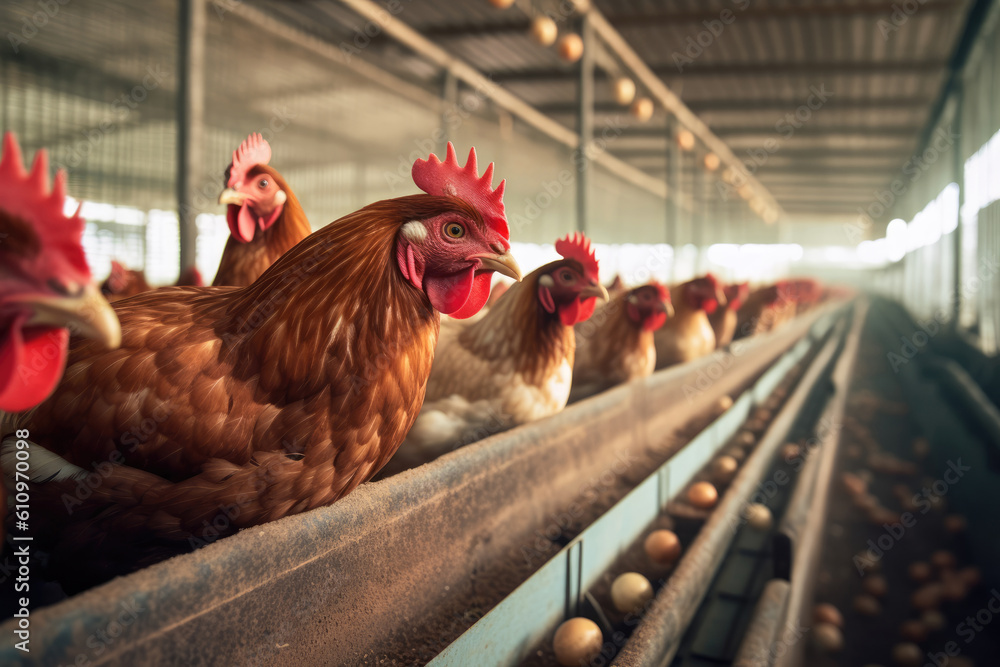
Why Layers Suddenly Stop Laying Eggs. Causes and Solutions for Poultry Farmers.
For poultry keepers, nothing is more frustrating than waking up to find your layers have stopped laying eggs without warning. Whether you’re managing a small backyard flock or a larger commercial setup, a sudden drop in egg production can be alarming, and costly.
Understanding the possible causes can help you take quick corrective action to keep your birds healthy and your production steady.
1. Molting: A Natural Pause
Molting is the natural process where hens shed old feathers and grow new ones. It typically happens once a year and can last from a few weeks to over a month. During this period, egg production slows down or stops completely, as the bird’s energy is redirected to feather regrowth.
✅ What to do:
Increase protein in their diet to support feather growth and recovery. Avoid introducing new stressors during this time.
2. Stress and Environmental Disruptions
Chickens are sensitive to changes in their environment. Stress from handling, noise, predator threats, overcrowding, poor ventilation, or relocation can cause hens to stop laying.
✅ What to do:
Ensure your birds have a quiet, secure, and clean living space. Maintain a consistent routine and minimize sudden changes in feed or housing.
3. Inadequate Nutrition
Layers need a balanced diet rich in calcium, protein, and essential vitamins. Inexpensive or poorly formulated feed may lead to nutritional deficiencies, which directly impact egg production and shell quality.
✅ What to do:
Use quality commercial layer mash and supplement with calcium sources like oyster shells or crushed eggshells. Ensure access to clean water at all times.
4. Diseases or Parasites
Illnesses, worm infestations, and external parasites like mites or lice can silently affect your birds’ health and disrupt egg production even before obvious symptoms appear.
✅ What to do:
Implement a regular vaccination and deworming schedule. Keep your coop dry, well-ventilated, and hygienic. Isolate sick birds early to prevent spread.
5. Age and Breed
Layers generally begin producing at 5–6 months and peak between 6 to 18 months of age. After this period, egg production naturally declines. Some breeds are also more productive than others.
✅ What to do:
Plan flock rotation by introducing new pullets every 6–12 months. Select high-performance breeds suited to your production goals and climate.
📝 Final Thoughts
Sudden drops in egg production often have clear, manageable causes. With close observation, proper management, and good nutrition, you can restore your flock’s productivity and ensure long-term success.

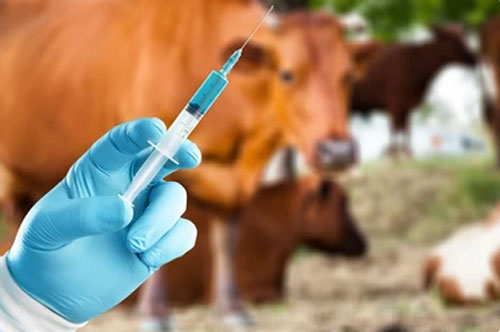

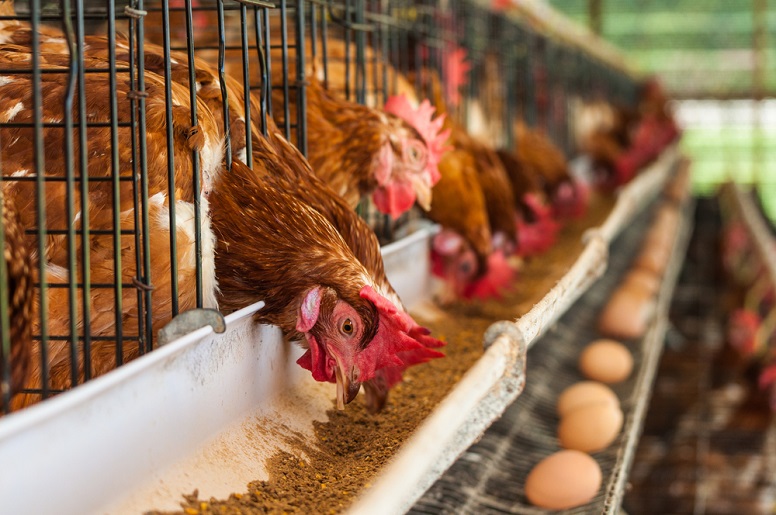
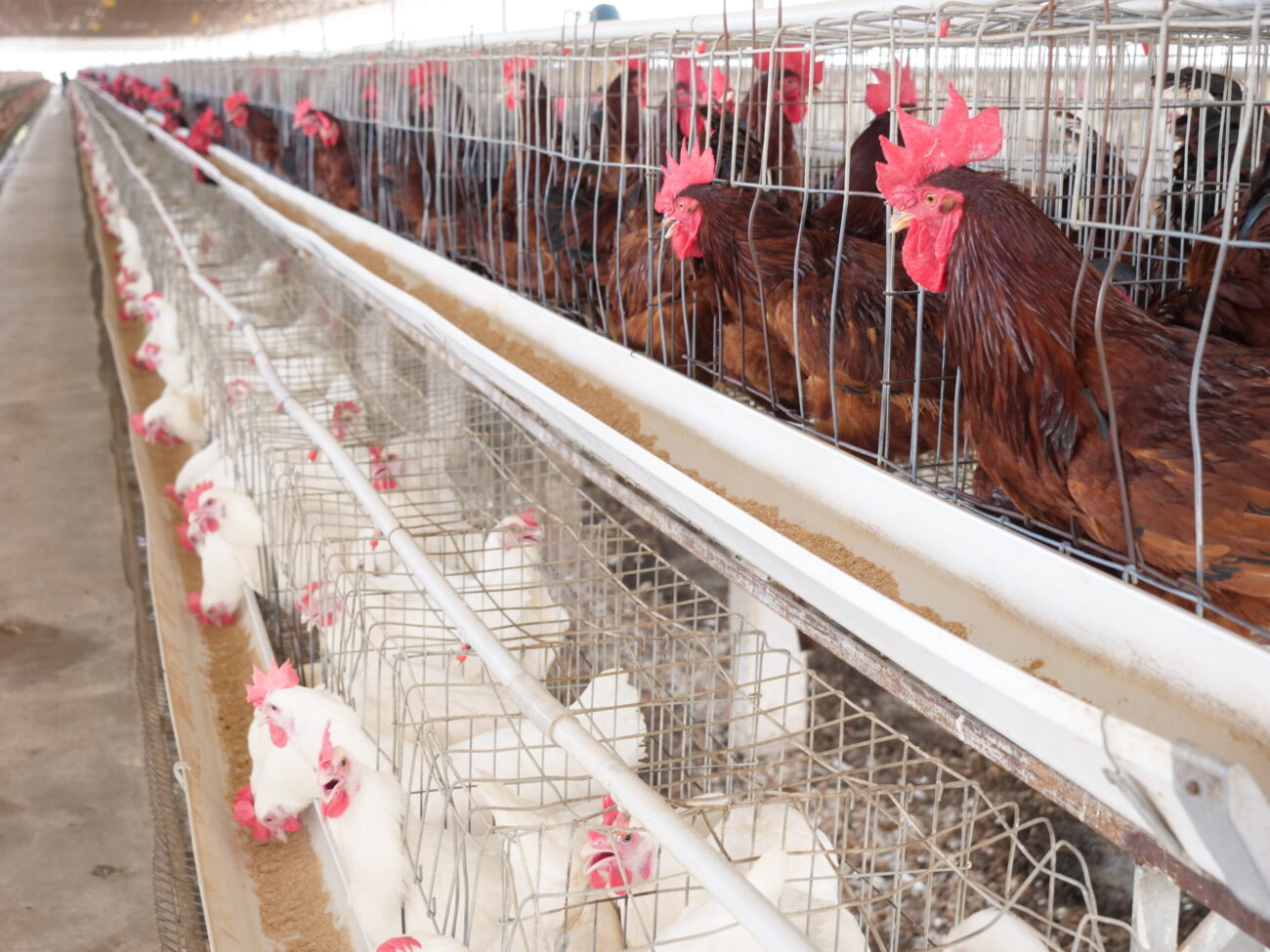
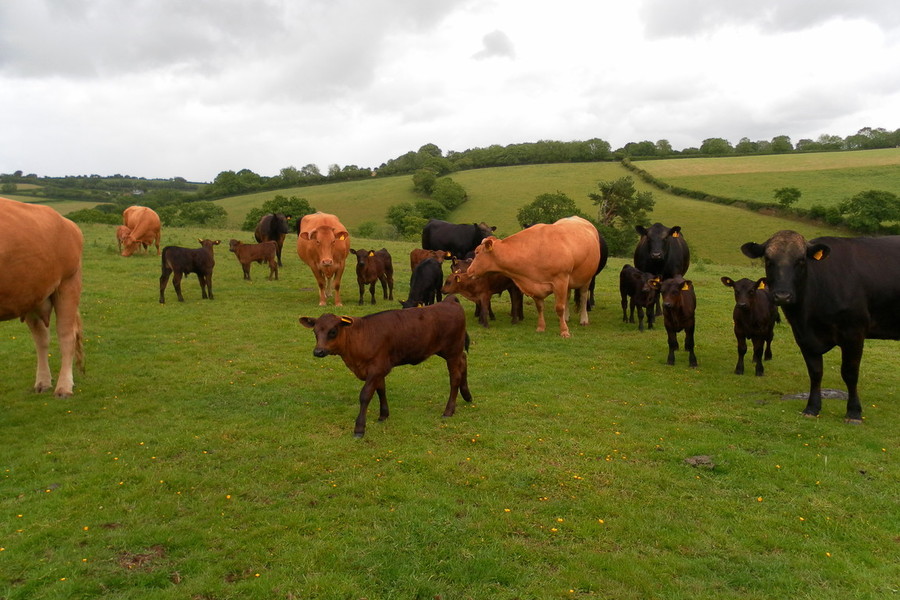
https://shorturl.fm/wChMW
https://shorturl.fm/AX3I7
https://shorturl.fm/CW9Mg
https://shorturl.fm/AnhOd
https://shorturl.fm/6yx0Y
https://shorturl.fm/Qx1tp
https://shorturl.fm/6QA7C
https://shorturl.fm/MuGWV
https://shorturl.fm/25XNL
https://shorturl.fm/MuGWV
https://shorturl.fm/7HPzk
https://shorturl.fm/QOaNY
https://shorturl.fm/646zl
https://shorturl.fm/eXcAP
https://shorturl.fm/WqlvZ
https://shorturl.fm/0G1pd
https://shorturl.fm/Ok9dd
https://shorturl.fm/GOVeo
https://shorturl.fm/B4VXk
https://shorturl.fm/g1O5B
https://shorturl.fm/FjbYI
https://shorturl.fm/RuXCz
https://shorturl.fm/OfEIW
https://shorturl.fm/nrEXL
https://shorturl.fm/BSg4X
https://shorturl.fm/4r4hB
Thanks
https://shorturl.fm/fCPPi
https://shorturl.fm/FXit8
https://shorturl.fm/HT6pw
https://shorturl.fm/Y6E6u
https://shorturl.fm/SdR2Z
https://shorturl.fm/WliL2
https://shorturl.fm/X9yM3
https://shorturl.fm/zqO2s
https://shorturl.fm/WAUzQ
https://shorturl.fm/t9KGV
https://shorturl.fm/4deCd
https://shorturl.fm/d7c8b
https://shorturl.fm/HDbhw
https://shorturl.fm/krRnU
https://shorturl.fm/jqBmx
https://shorturl.fm/4lw5y
https://shorturl.fm/NINfP
https://shorturl.fm/lWpxJ
https://shorturl.fm/X03EB
https://shorturl.fm/U9PYc
https://shorturl.fm/mga5E
https://shorturl.fm/rHYBV
https://shorturl.fm/jXaIe
https://shorturl.fm/YIuRJ
https://shorturl.fm/WREzl
https://shorturl.fm/tZ5oe